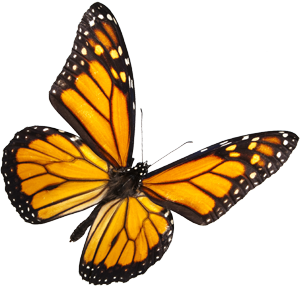Get a Life? I already have one and here's why!

Biology has always been one of my favorite science classes! I always loved learning about the cells and how our bodies keep us alive. Think about what makes you alive, you eat, you sleep, you breathe. All living things around you carry out the same functions. The full requirements of all living thing include being made of cells, using energy that is self-produced or acquired, ridding themselves of waste, being able to reproduce, having inherent traits from the parents, responding to stimuli, maintaining an internal balance, and possessing the ability to adapt to the environment. Every living thing is made up of cells, extremely small gelatinous specs that are living themselves. Cells are made up of organelles that help them to function. There are the mitochondria which are the powerhouses of the cell which create the energy the cell needs to function. Then you have the nucleus that is the brain of the cell, it controls all other organelles and contains the organism's DNA. Then there are the ribosomes, the ER, and the cell membrane which all have their own particular functions. Plant cells have two special kinds of organelles that are specific to their functioning that animal cells do not have. These organelles are the cell wall, which provides the cell support to hold water, and the chloroplast, which absorbs the sunlight and produces food for the plant.
Humans are very complex beings. Humans have complicated systems in their bodies that make them function. Humans have their circulatory system that carries their blood to their bodies from their heart and from their bodies back to the heart. They also have their digestive system that extracts the energy and nutrients out of their food. The respiratory system moves oxygen through the body and expels carbon dioxide. The most exciting body system is the nervous system. The nervous system is the control center of the body. It tells all other organ systems to function. It also allows humans to have thoughts, process information, and have emotions. I think a very exciting project for students to do with the body systems would be having the students trace their bodies and drawing the different organ systems on the body. It would also be fun for the student to go use surgery or discretion simulators that are not too graphic or cartoonish to really show them how the organs all fit together in the body. A Thinglink would also be a great way to teach the different organs, bones, or parts of the human body. The teacher could put a dot on each part of the body that the student could go over one at a time to learn more about that part of the body.
 I think inquiry lessons for life science would work best if they lasted over an extended period of time, like life itself. The students could all have a plant that they could make observations on over the course of the year that has a particular variable that could either advance or hinder its growth. The students could also study butterflies for an inquiry lesson. A student could make a hypothesis "if a caterpillar was exposed to music for an hour once a day, it would change into a butterfly faster than if it was not because the music would be calming to the caterpillar." Then, he could test this theory over the course of a month while carefully making observations. Then the student can compare this data to a caterpillar in the classroom no exposed to music to see if it did, in fact, speed up the time it needed to evolve. The student could then share their findings in a Voicethread, much like we did in our science fair project.
I think inquiry lessons for life science would work best if they lasted over an extended period of time, like life itself. The students could all have a plant that they could make observations on over the course of the year that has a particular variable that could either advance or hinder its growth. The students could also study butterflies for an inquiry lesson. A student could make a hypothesis "if a caterpillar was exposed to music for an hour once a day, it would change into a butterfly faster than if it was not because the music would be calming to the caterpillar." Then, he could test this theory over the course of a month while carefully making observations. Then the student can compare this data to a caterpillar in the classroom no exposed to music to see if it did, in fact, speed up the time it needed to evolve. The student could then share their findings in a Voicethread, much like we did in our science fair project.
Comments
Post a Comment